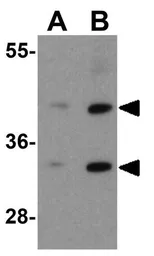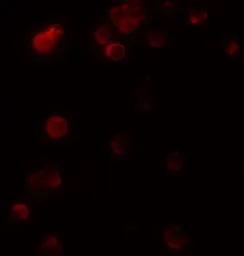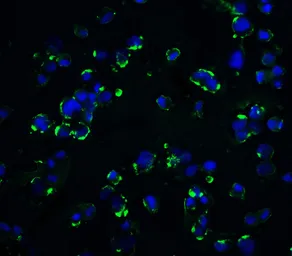KIR2DS2 antibody
Cat. No. GTX31949
Cat. No. GTX31949
-
HostRabbit
-
ClonalityPolyclonal
-
IsotypeIgG
-
ApplicationsWB ICC/IF ELISA
-
ReactivityHuman



